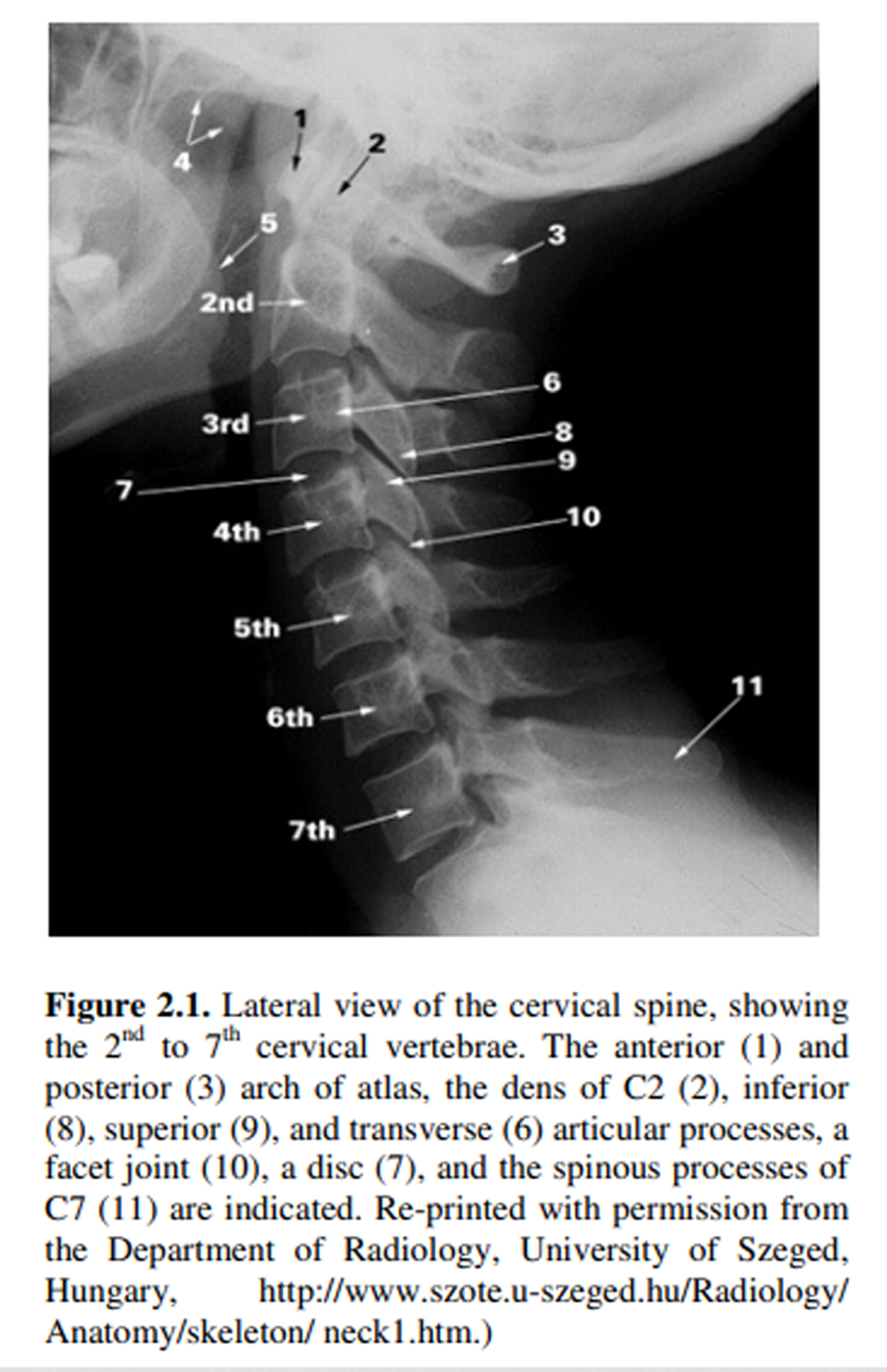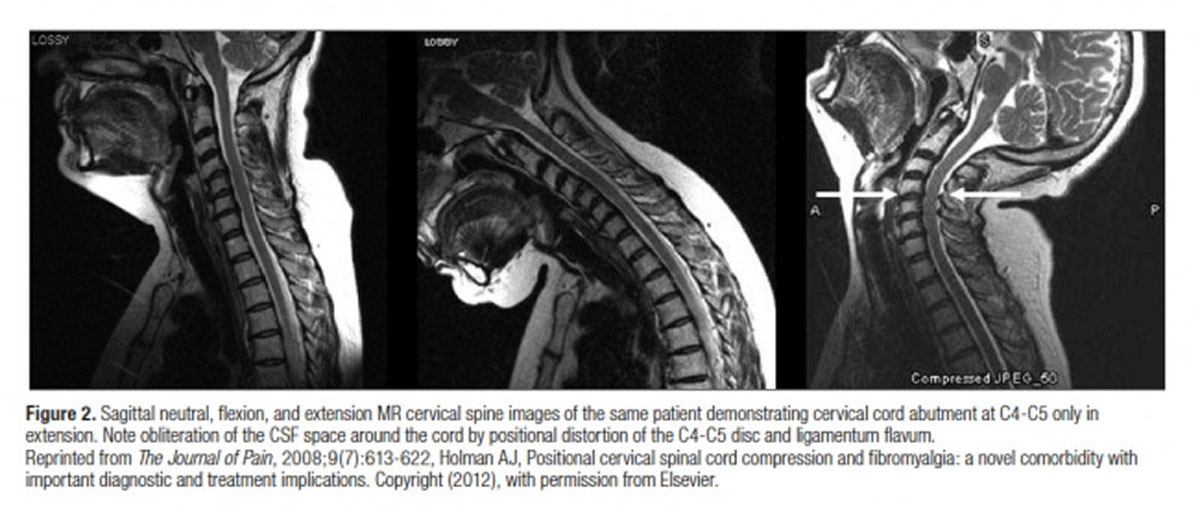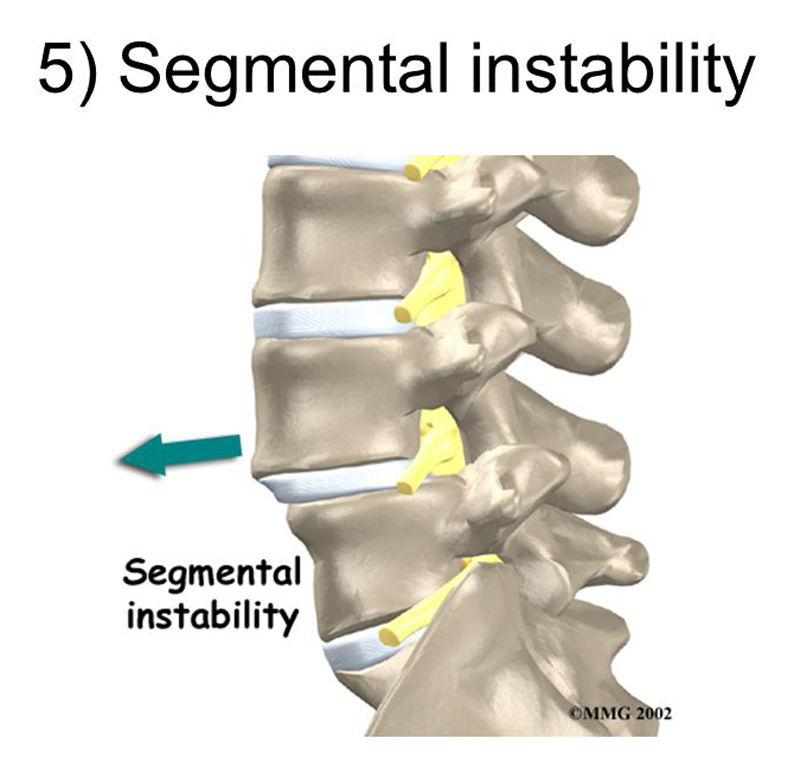MRI Findings of Disc Degeneration are More Prevalent in Adults with Low Back Pain than in Asymptomatic Controls: A Systematic Review and Meta-Analysis
MRI Findings of Disc Degeneration are More Prevalent in Adults with Low Back Pain than in Asymptomatic Controls: A Systematic Review and Meta-Analysis
SOURCE: AJNR Am J Neuroradiol 2015 (Dec)
| OPEN ACCESS |
W. Brinjikji • F.E. Diehn • Jarvik
C.M. Carr • Murad • P.H. Luetmera
Department of Neurological Surgery and Health Services,
Comparative Effectiveness Cost and Outcomes Research Center (J.G.J.)
Department of Radiology (J.G.J.),
University of Washington,
Seattle, Washington.
Background and purpose: Imaging features of spine degeneration are common in symptomatic and asymptomatic individuals. We compared the prevalence of MR imaging features of lumbar spine degeneration in adults 50 years of age and younger with and without self-reported low back pain.
Materials and methods: We performed a meta-analysis of studies reporting the prevalence of degenerative lumbar spine MR imaging findings in asymptomatic and symptomatic adults 50 years of age or younger. Symptomatic individuals had axial low back pain with or without radicular symptoms. Two reviewers evaluated each article for the following outcomes: disc bulge, disc degeneration, disc extrusion, disc protrusion, annular fissures, Modic 1 changes, any Modic changes, central canal stenosis, spondylolisthesis, and spondylolysis. The meta-analysis was performed by using a random-effects model.
There is more like this @ our
RADIOLOGY Section and the





